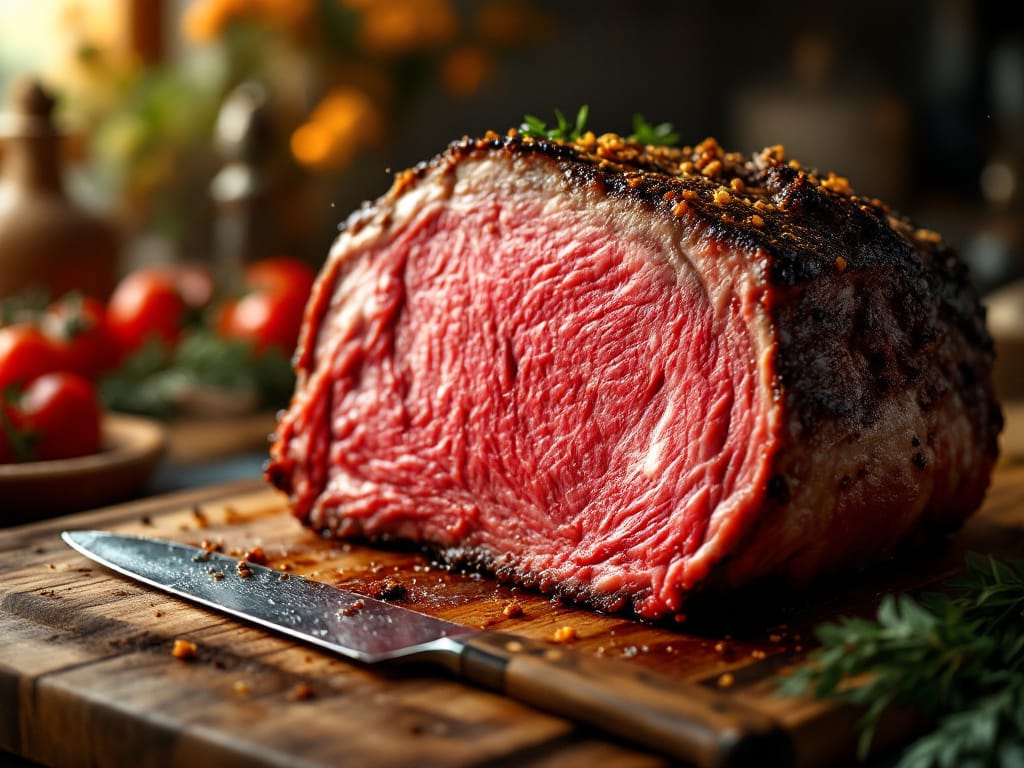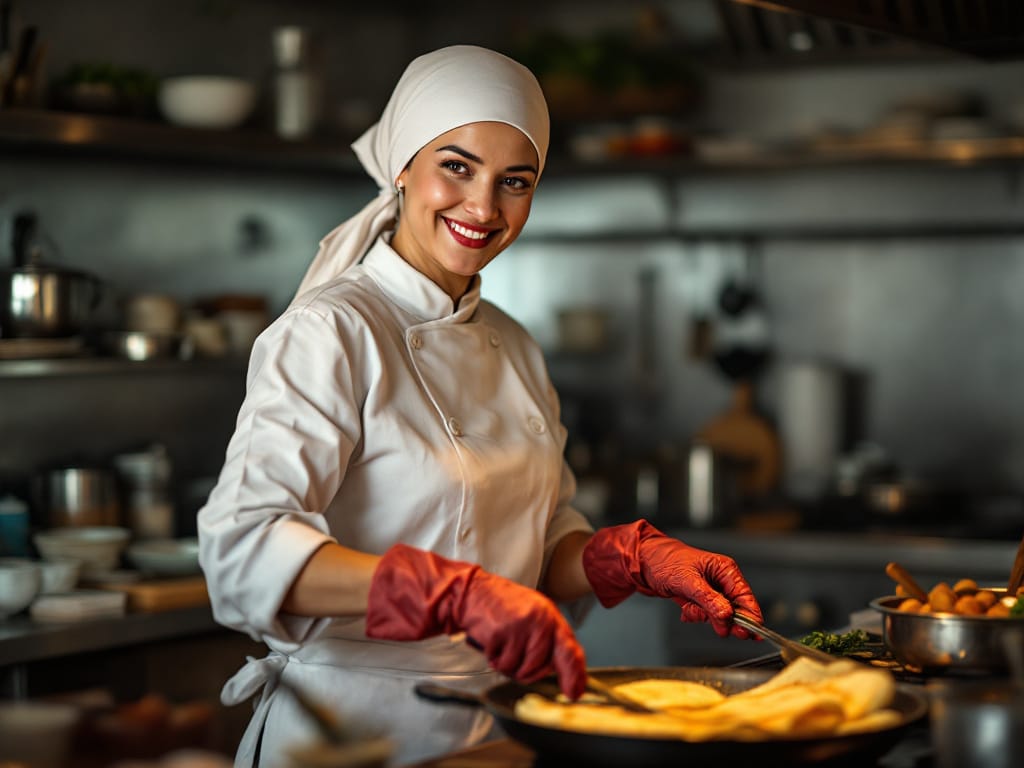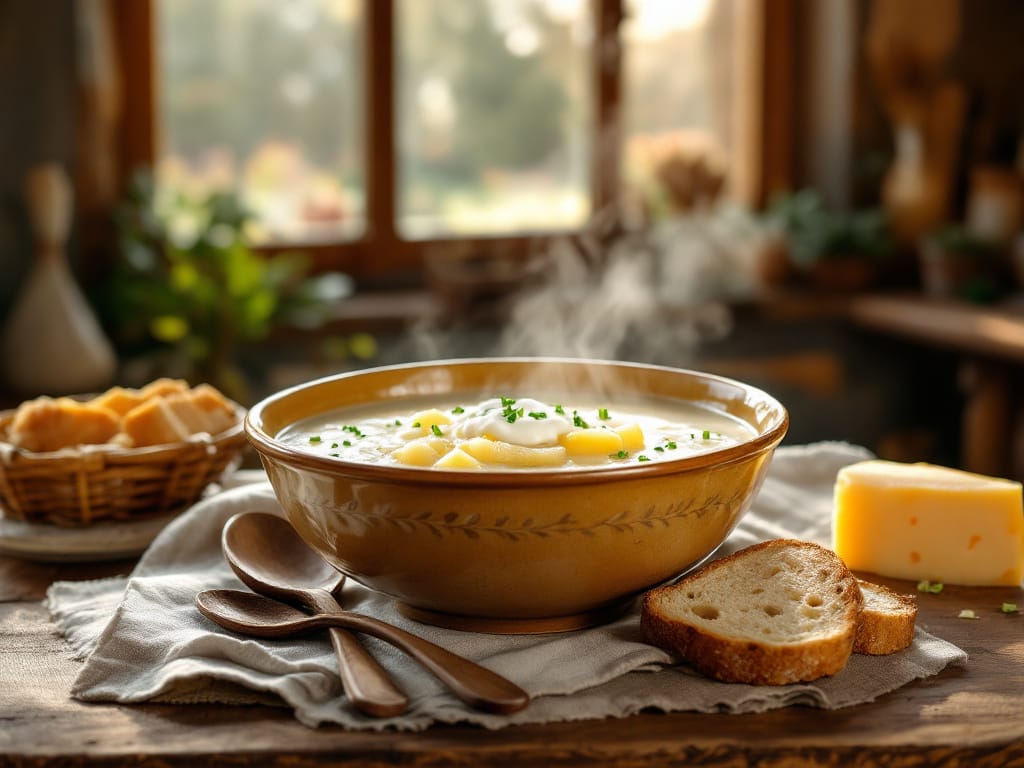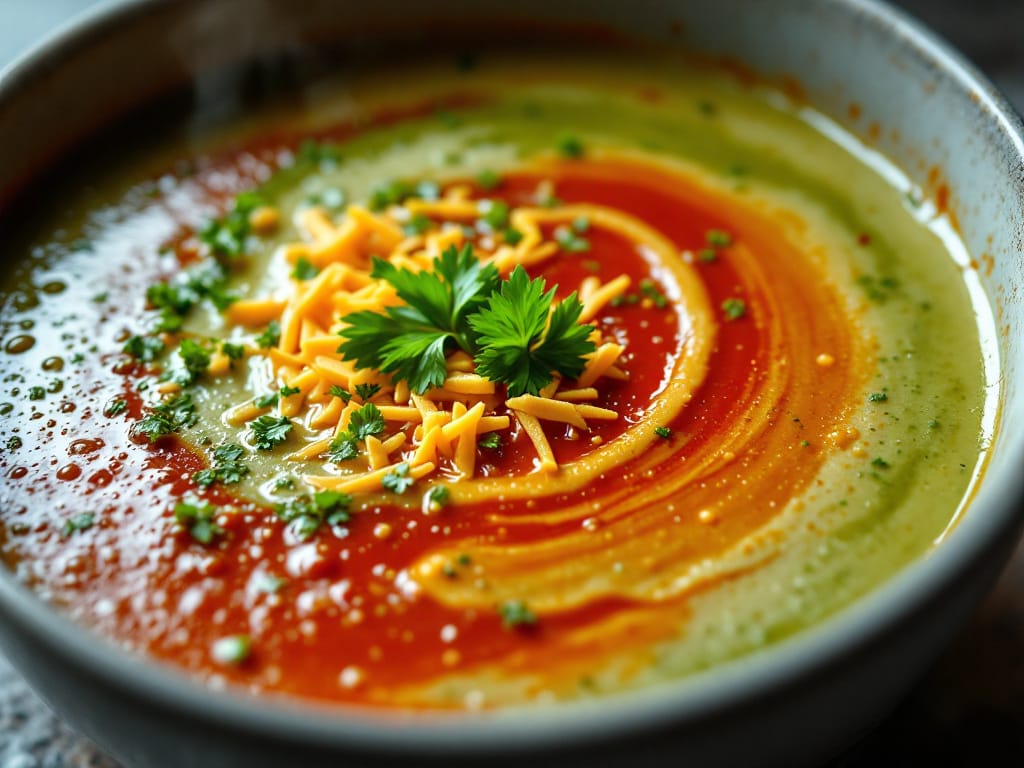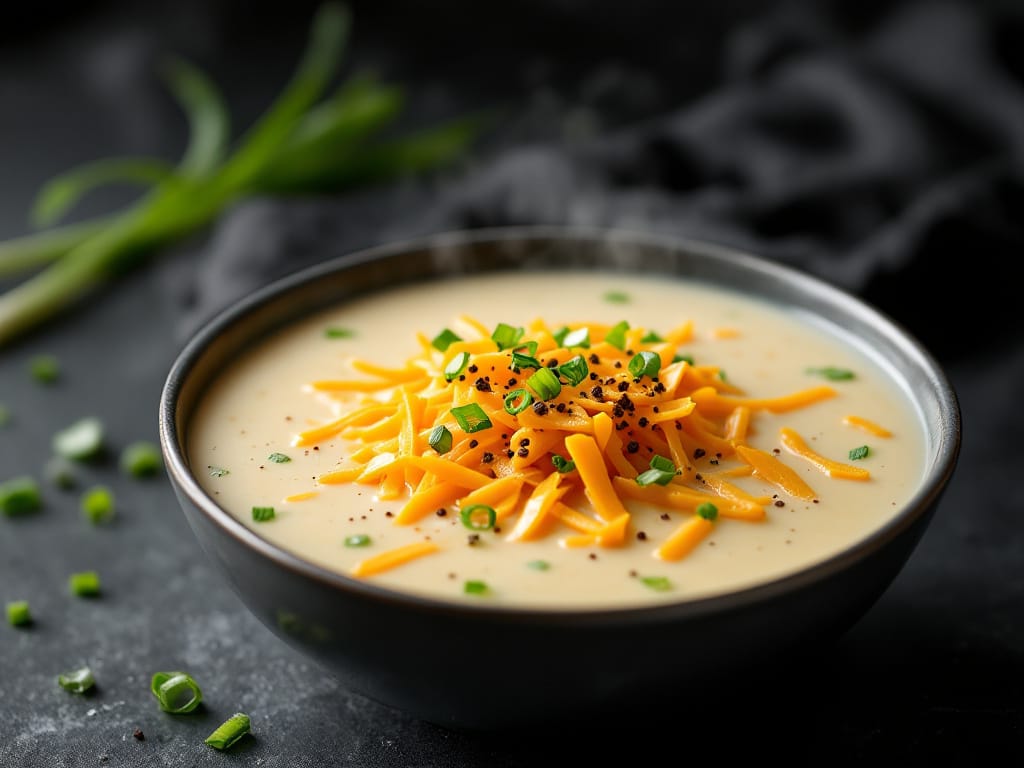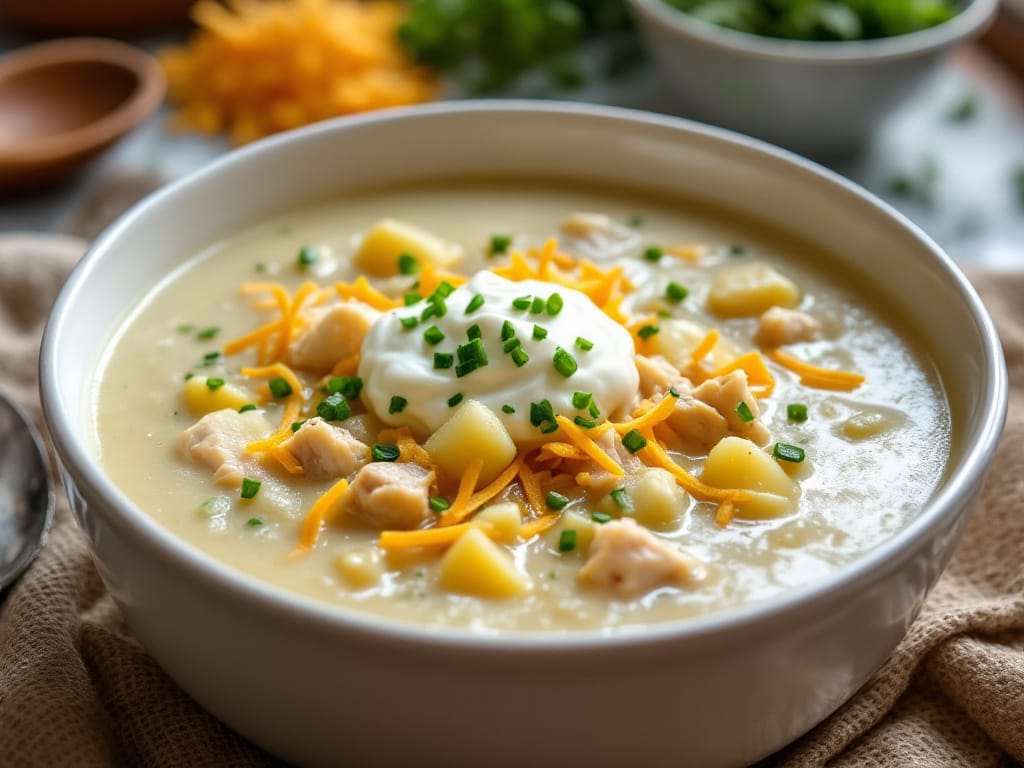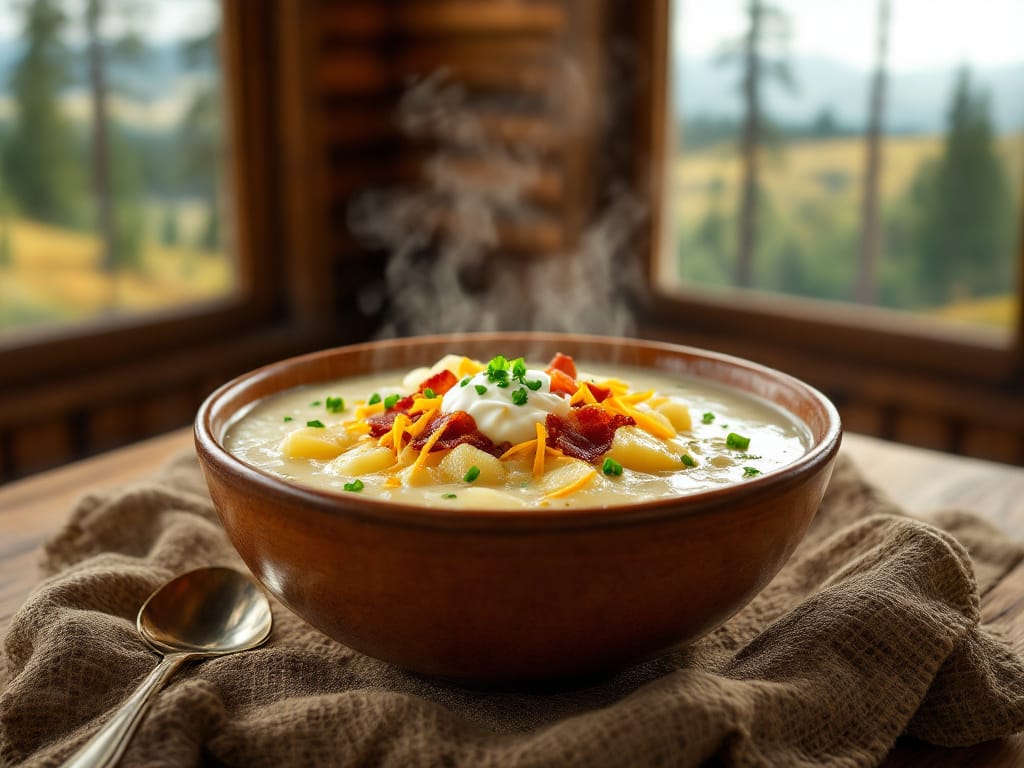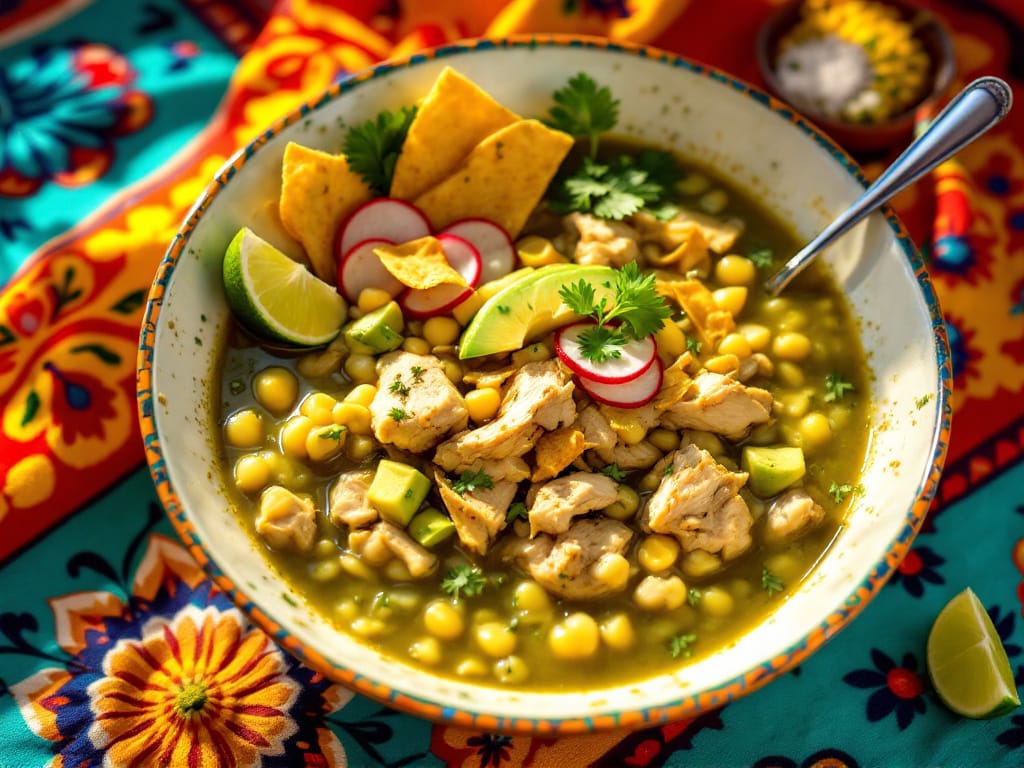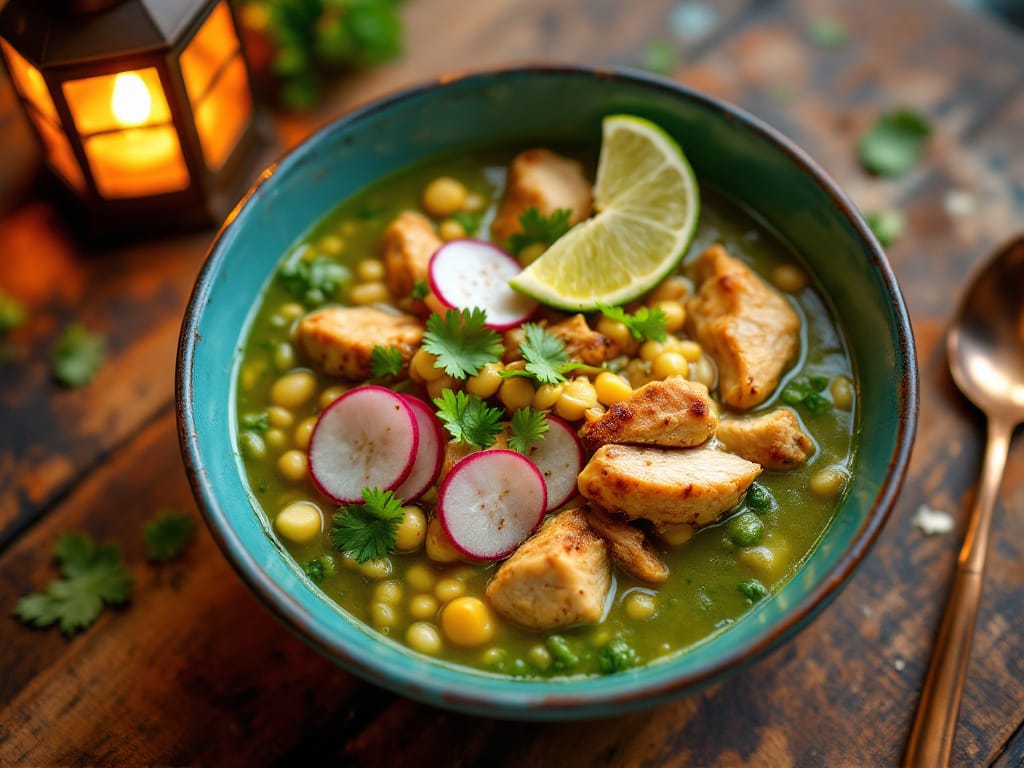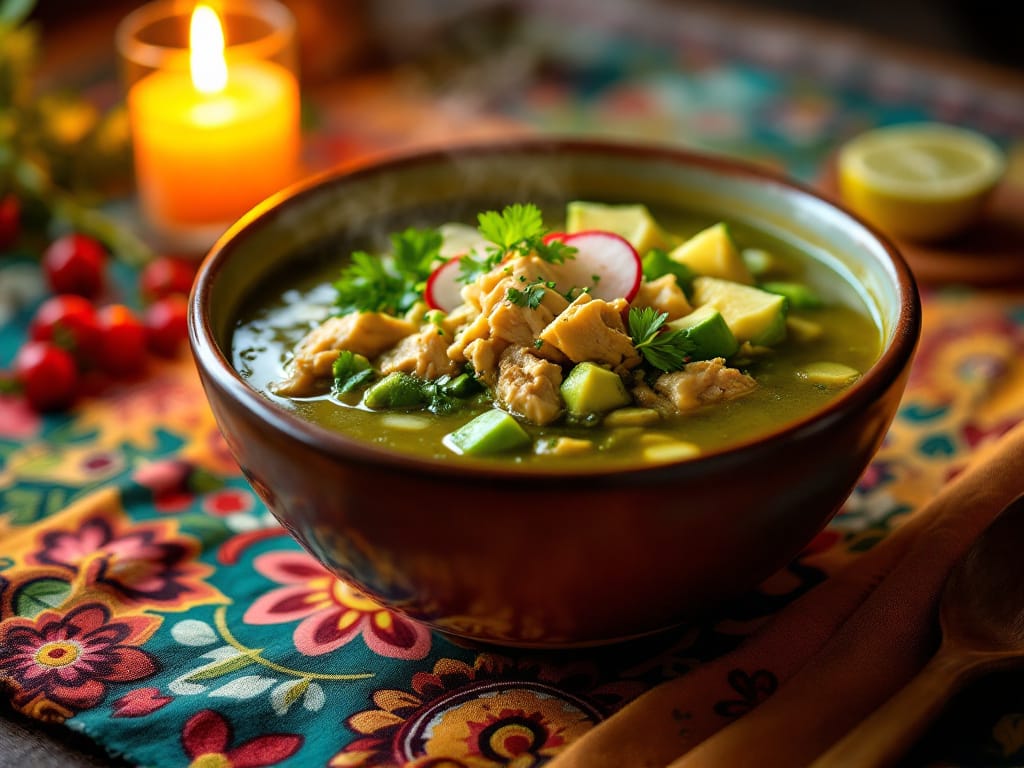When it comes to cooking prime rib, the 500 Rule has earned its reputation as a simple, reliable method to achieve a perfectly cooked roast. But what is the 500 rule for prime rib, and why does it work so well? This article breaks it down step by step, explores its benefits and challenges, and compares it to other popular cooking techniques. By the end, you’ll feel confident using this method for your next dinner party or holiday feast.
Introduction to the 500 Rule
Understanding the 500 Rule for Prime Rib
The 500 Rule is a straightforward method for roasting prime rib that focuses on high-heat cooking and residual heat to achieve great results. Here’s how it works:
- You start by preheating your oven to 500°F.
- The roast is cooked for precisely 5 minutes per pound of meat.
- After the initial cooking period, you turn off the oven and let the roast sit inside for 2 hours without opening the door.
This technique eliminates the guesswork and simplifies timing, making it a favorite among home cooks and beginners alike.
Why the 500 Rule Works
At its core, the 500 Rule relies on the power of residual heat. During the initial high-heat phase, the exterior develops a delicious, crusty sear, locking in juices. As the oven cools, the residual heat gently cooks the interior, ensuring an even temperature throughout.
- The Science Behind It: The method leverages the oven’s ability to retain heat, creating an environment that mimics slow roasting without the long wait.
- Why It’s Popular: It’s faster than traditional slow cooking and less hands-on, making it ideal for busy schedules or last-minute planning.
This method is perfect for creating a juicy, tender roast with minimal effort, which is why so many people swear by it.
Step-by-Step Guide to the 500 Rule
Preparing Your Prime Rib Roast
Before diving into the 500 Rule, proper preparation is essential for success. Here’s how to set yourself up for a perfectly cooked roast:
- Selecting the Cut: Choose a high-quality roast. Bone-in roasts are excellent for flavor and insulation, while boneless roasts are easier to carve.
- Seasoning the Meat: Generously coat the roast with kosher salt, freshly ground pepper, garlic, and herbs. Let it rest uncovered in the fridge for 24–48 hours for better flavor penetration.
- Bringing to Room Temperature: Take the roast out of the fridge at least 1–2 hours before cooking to ensure even cooking.
Proper preparation ensures that when you execute the 500 Rule, your prime rib turns out juicy and flavorful.
Executing the 500 Rule
Once your prime rib is prepped, it’s time to follow the 500 Rule step by step:
- Preheat the Oven: Set your oven to 500°F and let it fully heat up before placing the roast inside.
- Calculate Cooking Time: Multiply the weight of your roast (in pounds) by 5. For instance, a 6-pound roast will need 30 minutes at 500°F.
- Turn Off the Oven: After the calculated time, turn off the oven and leave the roast inside for 2 hours. Do not open the oven door during this time, as the residual heat is crucial for even cooking.
- Check the Temperature: After 2 hours, use a meat thermometer to ensure the roast has reached your desired doneness (e.g., 130°F for medium-rare).
By following these steps, the 500 Rule delivers a roast with a flavorful crust and a tender, perfectly cooked interior.
Benefits and Challenges of the 500 Rule
Advantages of the 500 Rule
The 500 Rule is celebrated for its simplicity and reliability, especially for home cooks who want consistent results without constant monitoring. Key benefits include:
- Saves Time: The method eliminates the need for long hours of slow roasting while still achieving tender, juicy meat.
- Perfect Crust: The high-heat phase creates a caramelized crust, adding bold flavors to the roast.
- Hands-Off Approach: Once the oven is turned off, there’s no need for basting or checking, allowing you to focus on other meal preparations.
This method is particularly appealing for those who prefer a straightforward, no-fuss cooking experience.
Challenges and Common Mistakes
While the 500 Rule is straightforward, there are a few potential pitfalls to avoid:
- Overcooking the Crust: High heat can sometimes result in a crust that’s too dark or dry. To prevent this, ensure your oven temperature is accurate.
- Oven Inconsistencies: If your oven doesn’t retain heat well, the roast may not cook evenly. Consider testing your oven beforehand to ensure it holds residual heat.
- Opening the Oven Door: Resist the temptation to check on the roast during the resting phase, as it can drastically reduce the internal temperature and affect cooking.
Understanding these challenges and planning accordingly will help you master the 500 Rule and avoid common mistakes.
Comparing the 500 Rule to Other Methods
500 Rule vs. Slow Roasting
The 500 Rule for prime rib is a popular alternative to the traditional slow-roasting method. Both approaches yield delicious results, but their processes and outcomes differ:
- Texture and Flavor: Slow roasting delivers evenly cooked meat with a soft, tender texture. The 500 Rule, on the other hand, creates a bold crust with a slightly more dramatic contrast between the exterior and the interior.
- Time Efficiency: Slow roasting can take 4–6 hours for larger roasts, making it ideal for leisurely cooking days. In contrast, the 500 Rule requires less active cooking time, making it a convenient choice for busy cooks.
- Ease of Execution: While slow roasting requires minimal attention, the 500 Rule demands precise timing and an accurate oven.
Choosing between these methods depends on your priorities—whether you want to focus on texture, time, or simplicity.
500 Rule vs. Fast Roasting
Fast roasting is another popular technique often compared to the 500 Rule for prime rib. This method involves cooking the meat at high heat for the entire duration.
- Crust Development: Both methods achieve a flavorful crust, but the 500 Rule allows for a more even interior due to the residual heat phase.
- Risk of Overcooking: Fast roasting can sometimes overcook the edges before the center is done. The 500 Rule mitigates this risk by letting the roast finish cooking with residual heat.
- Ideal Situations: Fast roasting works best for smaller cuts, while the 500 Rule is more forgiving for larger roasts.
Each method has its strengths, but the 500 Rule offers a reliable balance between crust and doneness, especially for larger cuts of meat.
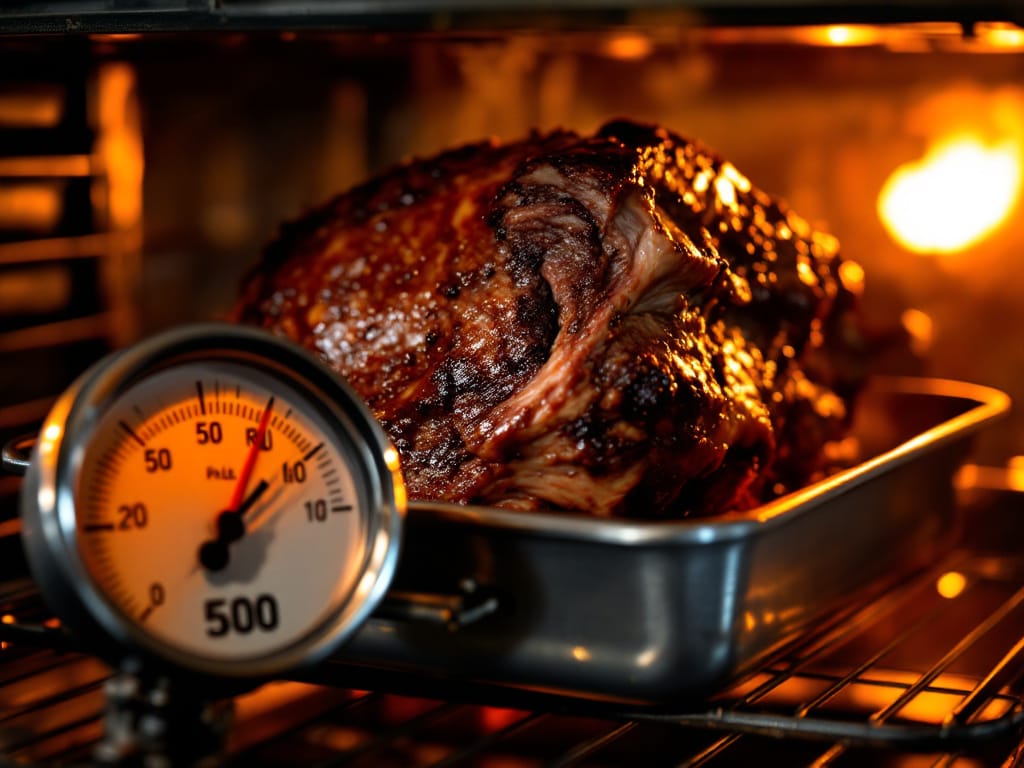
FAQs About the 500 Rule and Prime Rib
Is Prime Rib Better Cooked Slow or Fast?
The answer depends on what you’re looking for in your roast. Slow cooking emphasizes tenderness and even doneness, while fast cooking highlights bold flavors and a crisp crust. The 500 Rule for prime rib combines elements of both, offering a practical middle ground.
What is the Secret of Cooking a Prime Rib Roast?
The secret lies in preparation, precise timing, and careful temperature management. Generous seasoning, ensuring your oven is properly calibrated, and letting the meat rest after cooking all contribute to a perfect prime rib.
Which is the Best Way to Cook Prime Rib?
The best cooking method depends on your schedule and desired results. The 500 Rule works well for most occasions because it’s efficient and delivers consistent results. However, slow roasting remains the go-to for those who want a more traditional, low-maintenance approach.
How Long Does it Take for a Prime Rib Roast?
Timing varies depending on the method. The 500 Rule requires just 5 minutes per pound at 500°F, followed by 2 hours of resting. Slow roasting, in contrast, can take 30 minutes per pound at 200°F.
For additional tips and recipes, explore more on Easy Savory Recipes.
Tips for Perfecting the 500 Rule Method
Ensuring Oven Accuracy
One of the most important factors in mastering the 500 Rule for prime rib is ensuring your oven operates at the correct temperature. Ovens can vary significantly, and even a small deviation can affect the cooking process.
- Calibrate Your Oven: Use an oven thermometer to check the actual temperature against the settings. This simple step helps ensure precision.
- Preheat Thoroughly: Make sure your oven reaches a full 500°F before starting the timer. Inconsistent preheating can lead to uneven cooking.
Taking the time to ensure your oven is working accurately will make a noticeable difference in your results.
Adjusting the Method for Personal Preferences
While the 500 Rule is a reliable technique, you can tweak it to suit your preferences:
- For Rare Doneness: Reduce the time slightly during the high-heat phase and monitor the final temperature closely.
- For a Firmer Crust: Leave the roast in the oven for an additional 5 minutes at the start, but be careful not to burn the exterior.
- Smaller Roasts: Shorten the initial cooking time for smaller roasts to avoid overcooking.
Customizing the method allows you to create a roast that’s just right for you and your guests.
FAQs About the 500 Rule and Prime Rib
Is Prime Rib Better Cooked Slow or Fast?
This depends on your desired results. Slow cooking delivers a tender, evenly cooked roast, while fast methods like the 500 Rule create a flavorful crust in less time. The 500 Rule for prime rib strikes a balance between speed and quality, making it a popular choice.
What is the Secret of Cooking a Prime Rib Roast?
The secret lies in preparation and timing. Generously seasoning the meat, ensuring accurate oven temperatures, and allowing the roast to rest after cooking all play a role. Techniques like the 500 Rule simplify timing while delivering reliable results.
Which is the Best Way to Cook Prime Rib?
The best method depends on personal preference and occasion. The 500 Rule is ideal for those seeking a balance of convenience and quality, while traditional slow roasting is better for a hands-off approach with consistent results.
How Long Does it Take for a Prime Rib Roast?
The time depends on the method. The 500 Rule requires 5 minutes per pound at 500°F, followed by 2 hours of resting. Slow roasting takes approximately 30 minutes per pound at 200°F. Always rely on a thermometer to ensure proper doneness.
Enhancing the 500 Rule with Expert Tips
Fine-Tuning for Desired Doneness
The 500 Rule for prime rib is incredibly versatile, but slight adjustments can ensure the roast meets your personal preferences:
- Rare to Medium-Rare: Reduce the time at 500°F by a few minutes, especially if your roast is on the smaller side. Always check the internal temperature to confirm doneness.
- Medium to Well-Done: For those who prefer a more cooked interior, extend the initial cooking time slightly while still adhering to the resting period.
Adapting the method to your liking ensures consistent, crowd-pleasing results.
Customizing Seasonings for Extra Flavor
While the 500 Rule focuses on technique, your seasoning choices can elevate the dish further:
- Herb Crusts: A mix of rosemary, thyme, garlic, and olive oil creates a flavorful crust that pairs beautifully with the caramelized exterior.
- Spice Blends: For a bold twist, try a rub with smoked paprika, cayenne, or cumin.
Experimenting with seasonings adds a personal touch to the simplicity of the method.
Adapting the 500 Rule for Different Settings
Scaling the Rule for Smaller Roasts
One common question about what is the 500 Rule for prime rib? is whether it works for smaller cuts. The answer is yes—with minor adjustments:
- Shorter Cooking Times: Smaller roasts require less time at 500°F but still benefit from the residual heat phase. Adjust the initial time slightly to avoid overcooking.
- Monitoring Doneness: Use a meat thermometer to ensure accuracy, especially with smaller portions that cook faster.
This adaptability makes the 500 Rule a go-to method, no matter the size of your roast.
Using the 500 Rule for Holiday Feasts
The 500 Rule is perfect for holiday gatherings because it minimizes stress while delivering impressive results. Here’s why it works so well:
- Set-and-Forget Cooking: Once the oven is off, the roast requires no additional attention, freeing you up to prepare sides or mingle with guests.
- Consistent Results: The method is forgiving, even for novice cooks, making it an excellent choice for special occasions.
For more tips on cooking for gatherings, check out similar recipes on Easy Savory Recipes.

